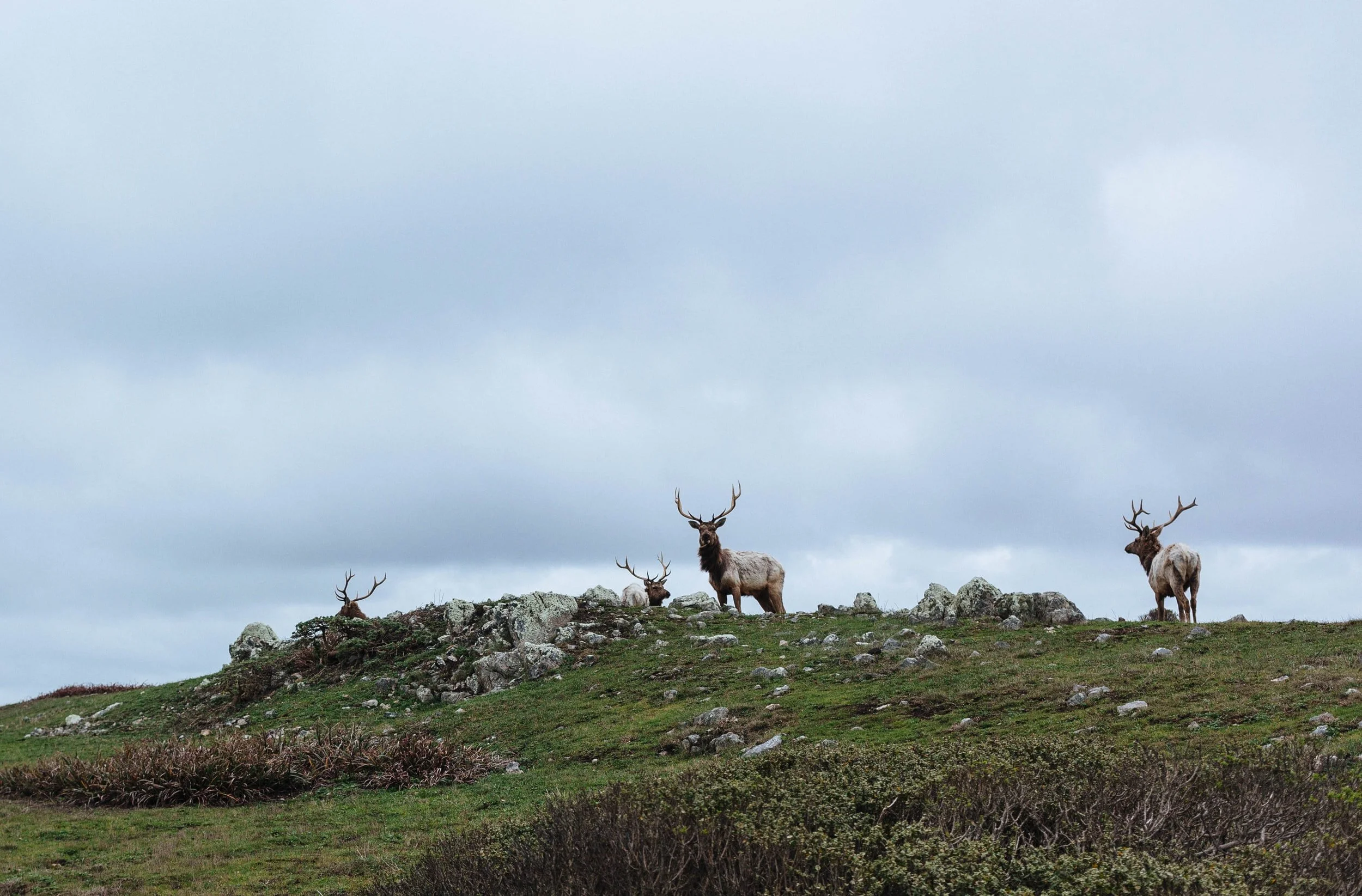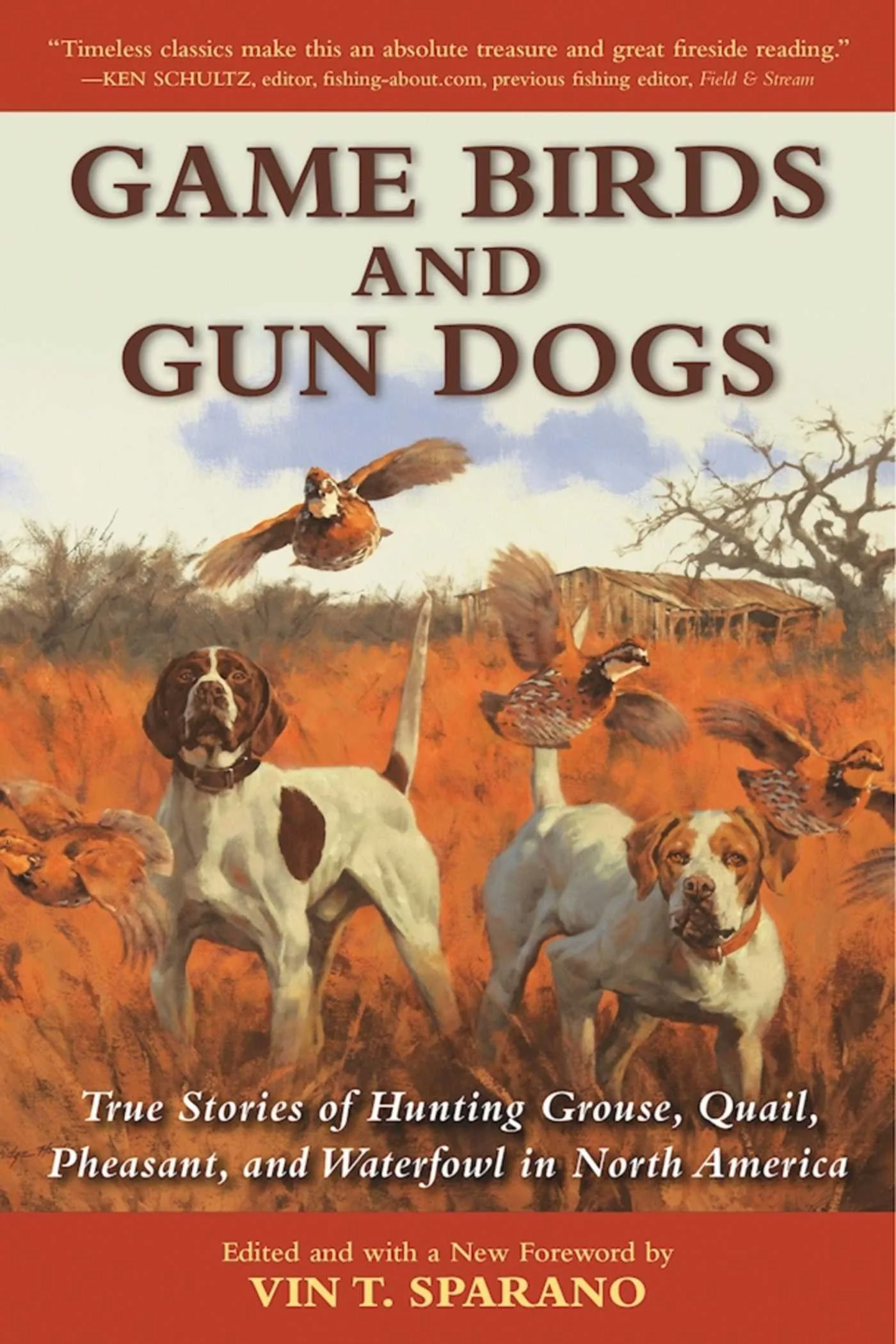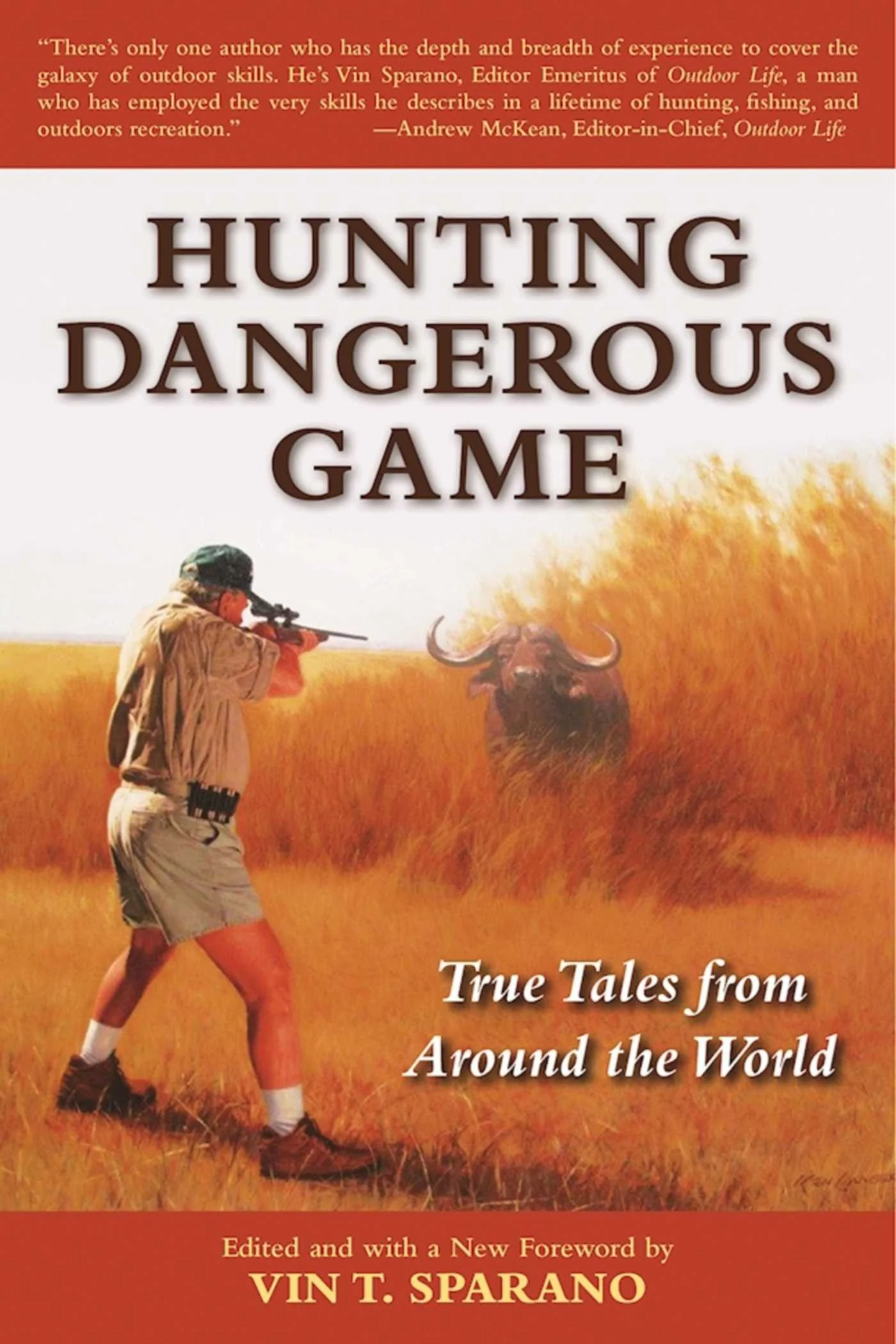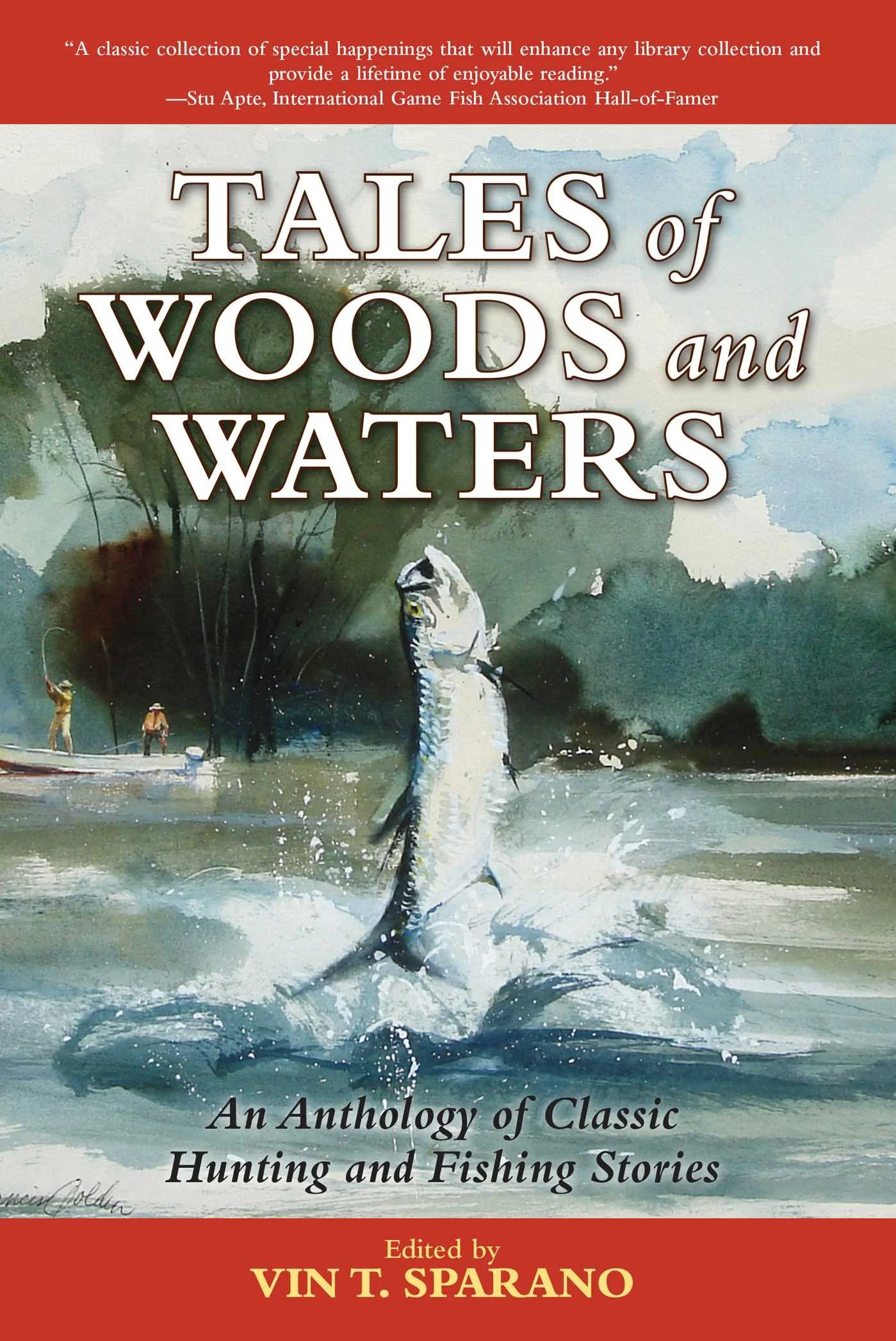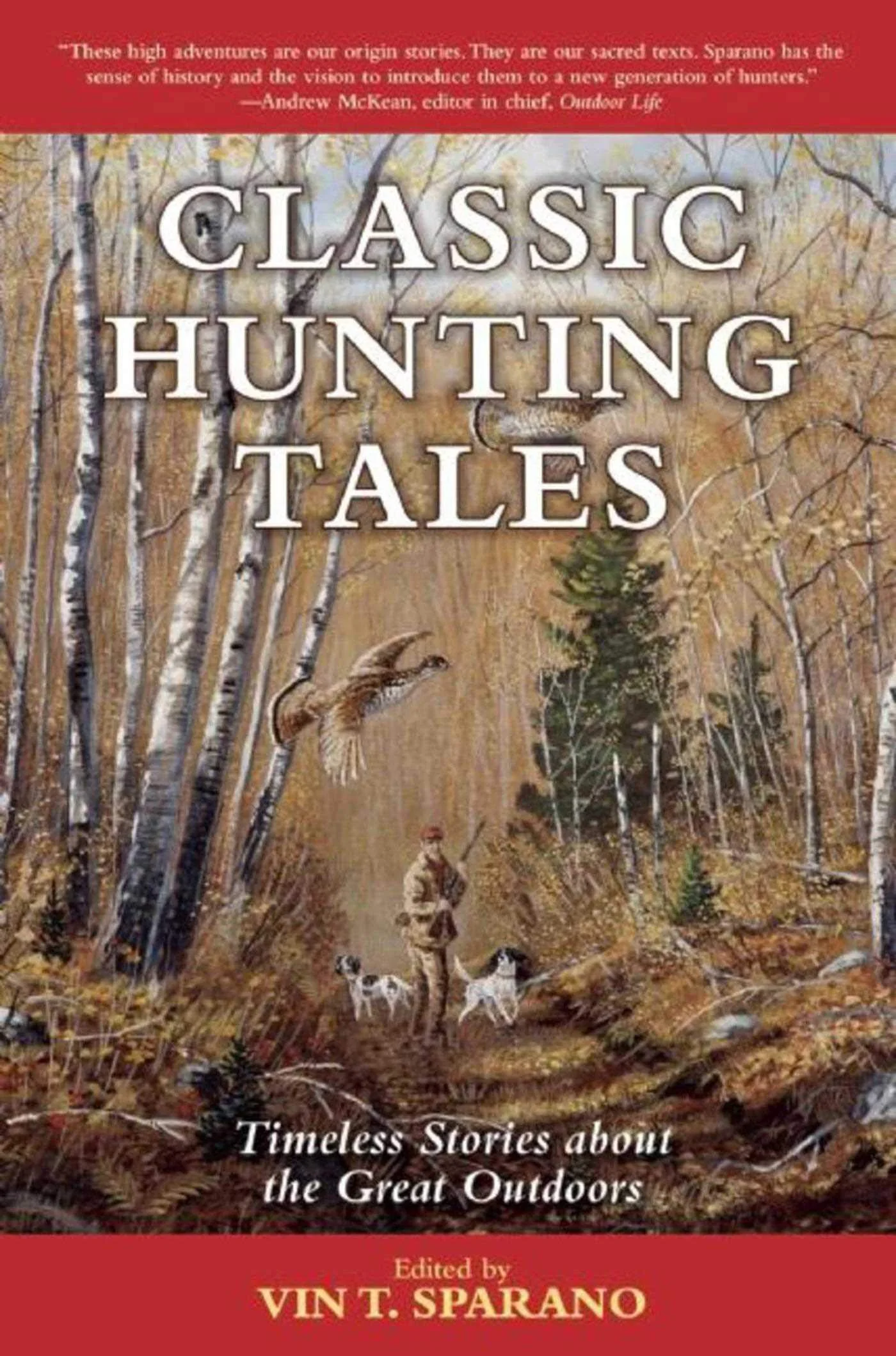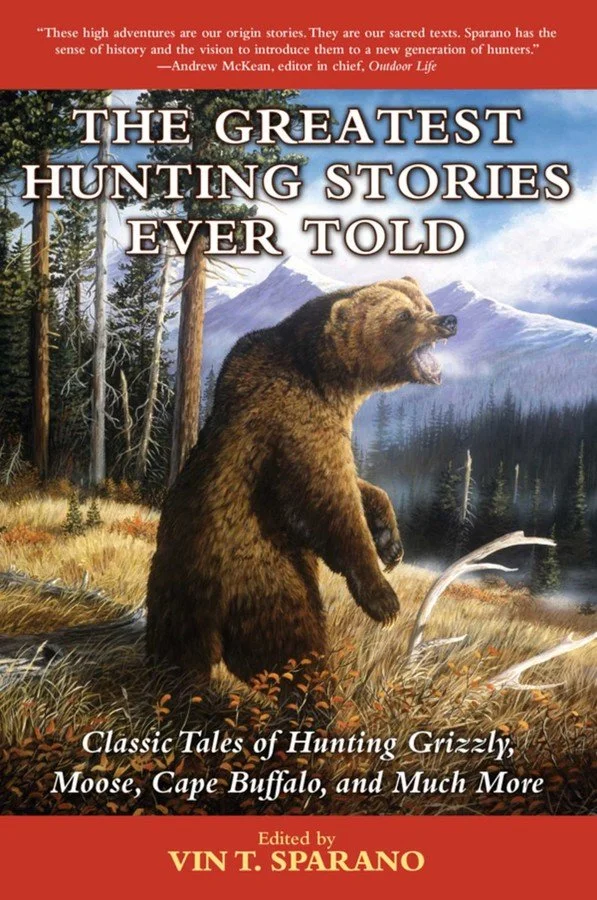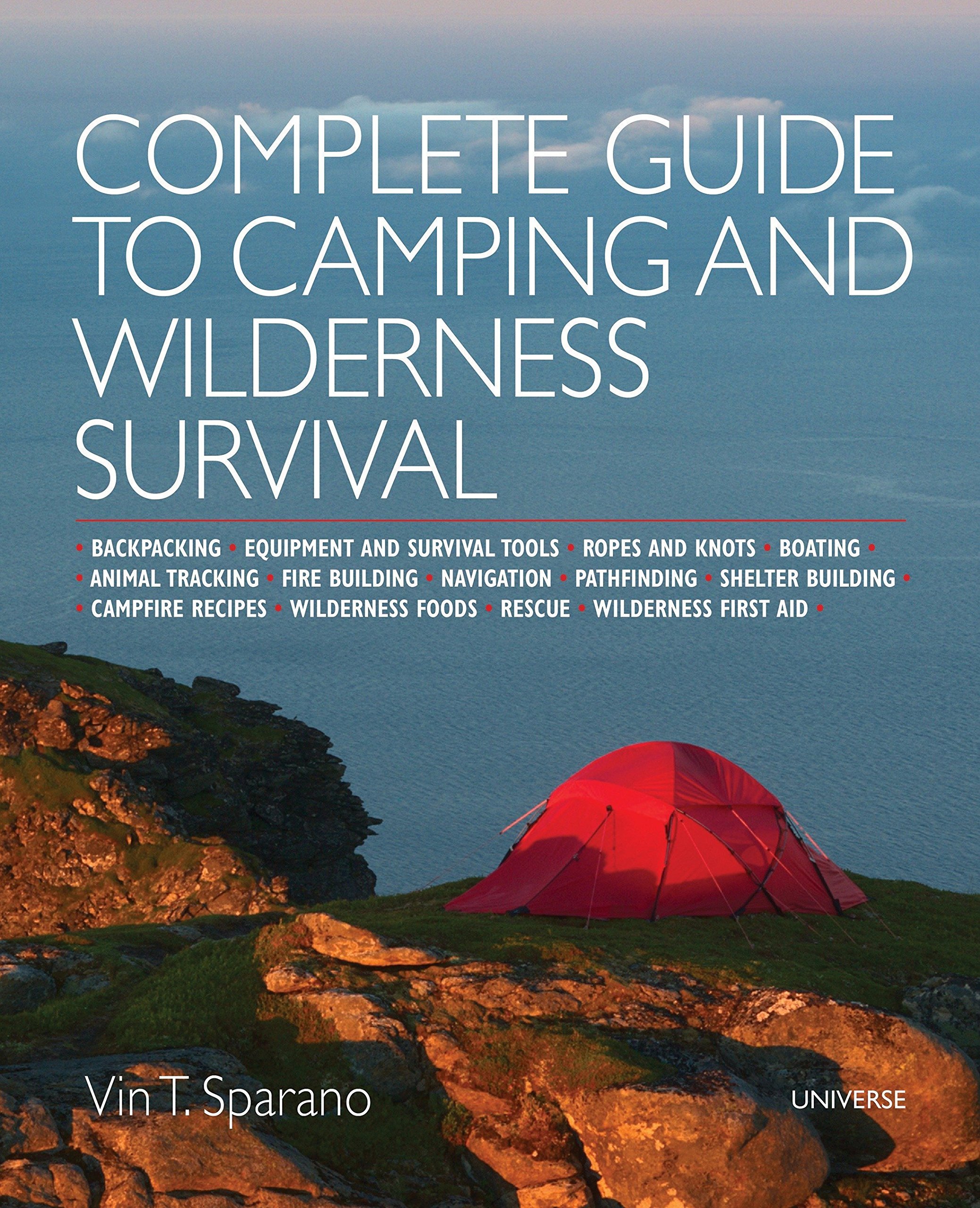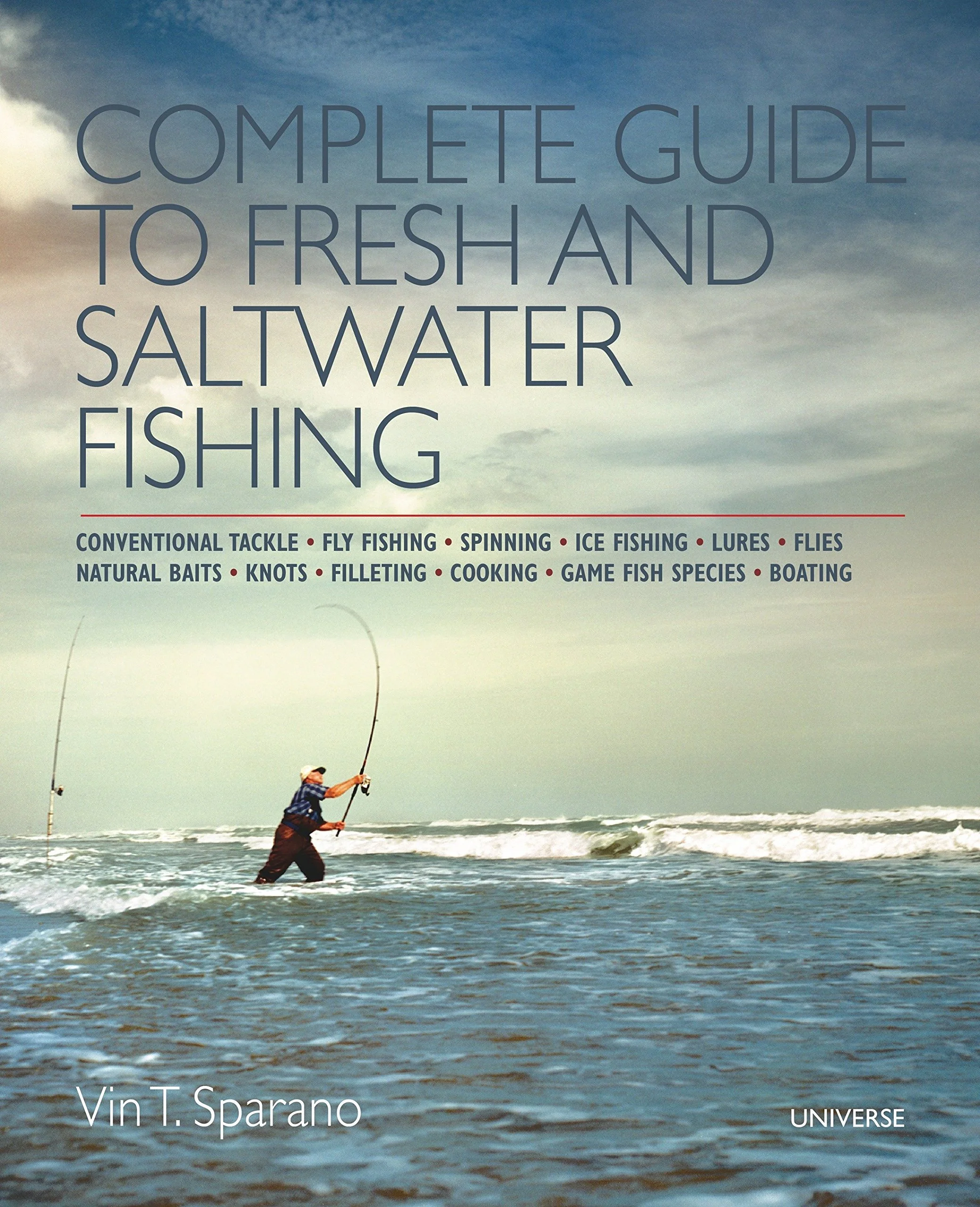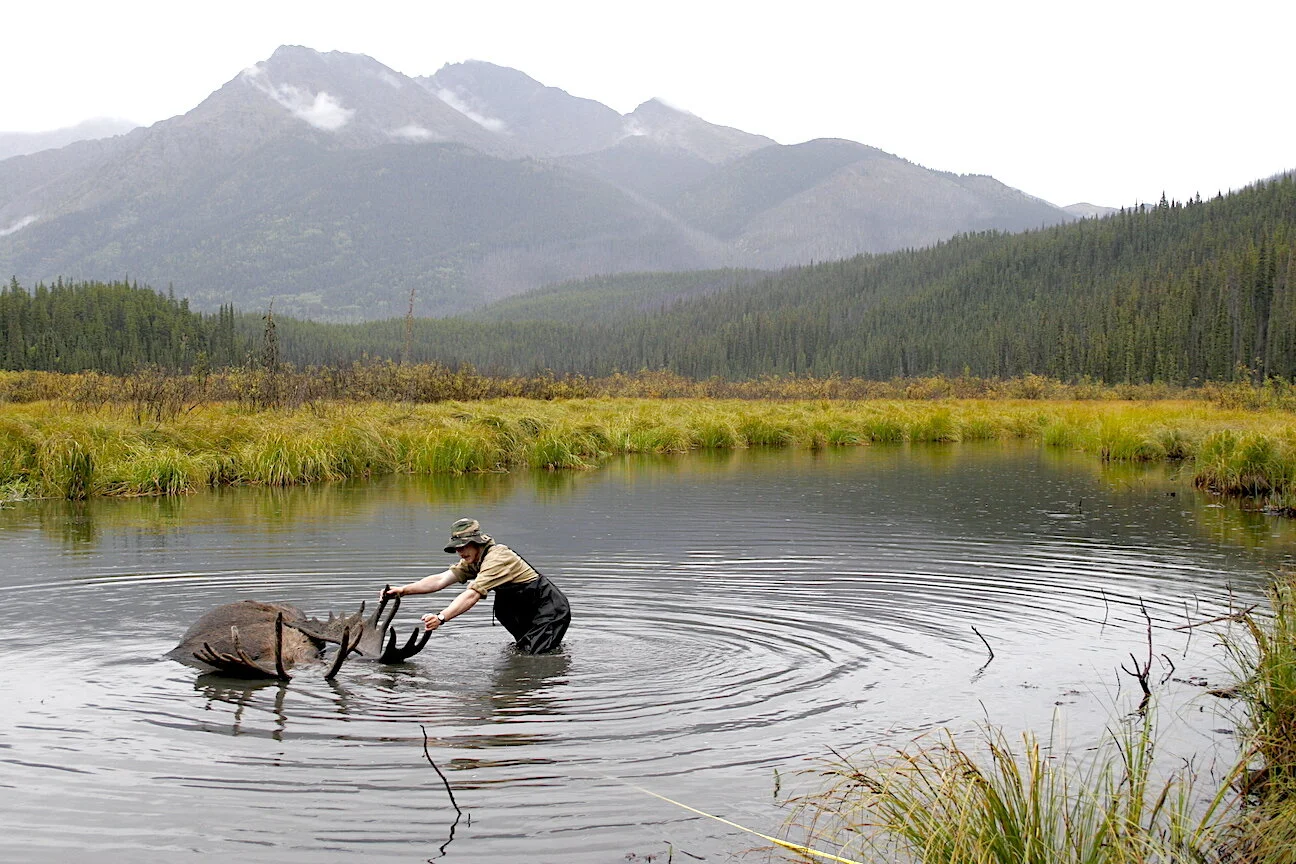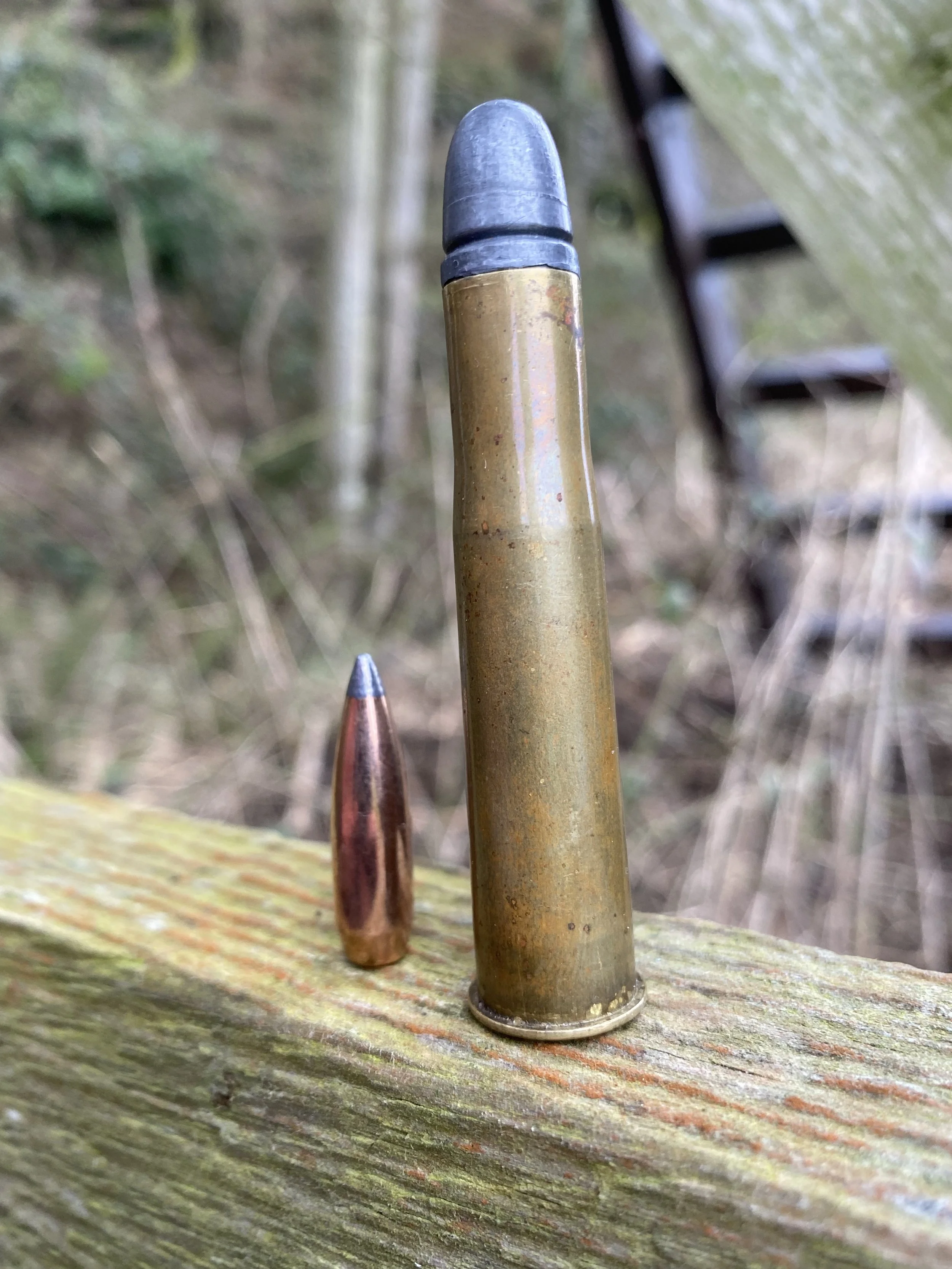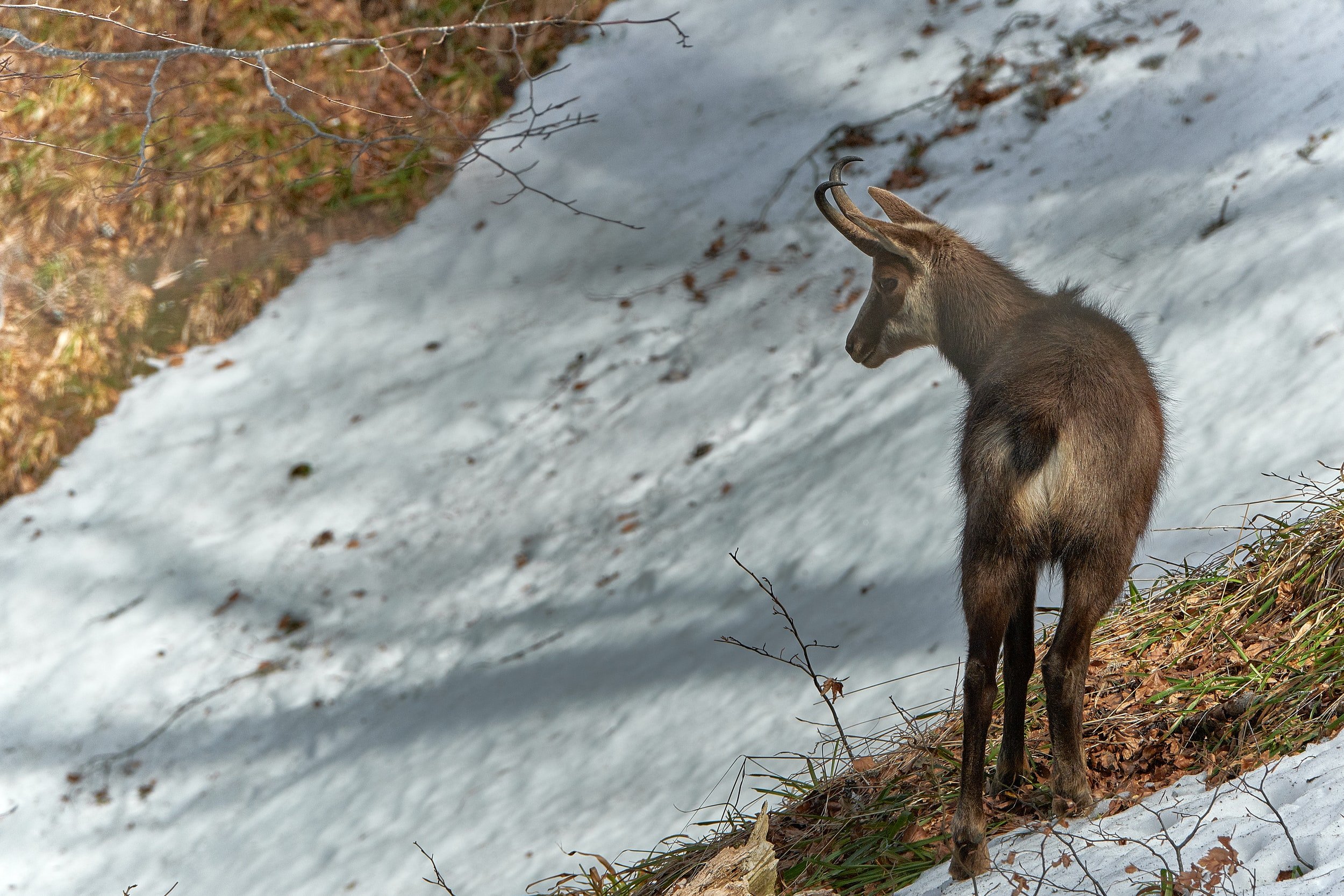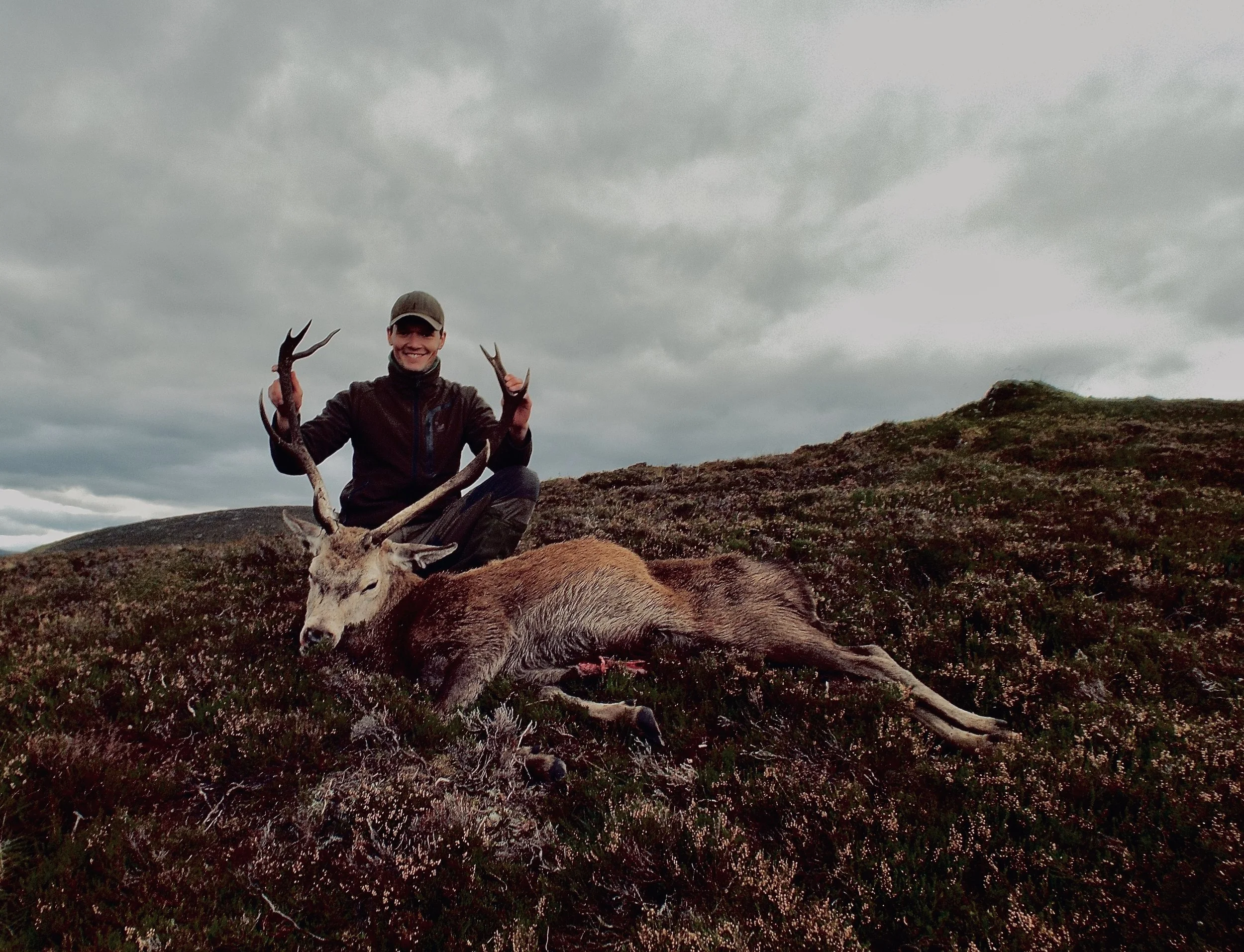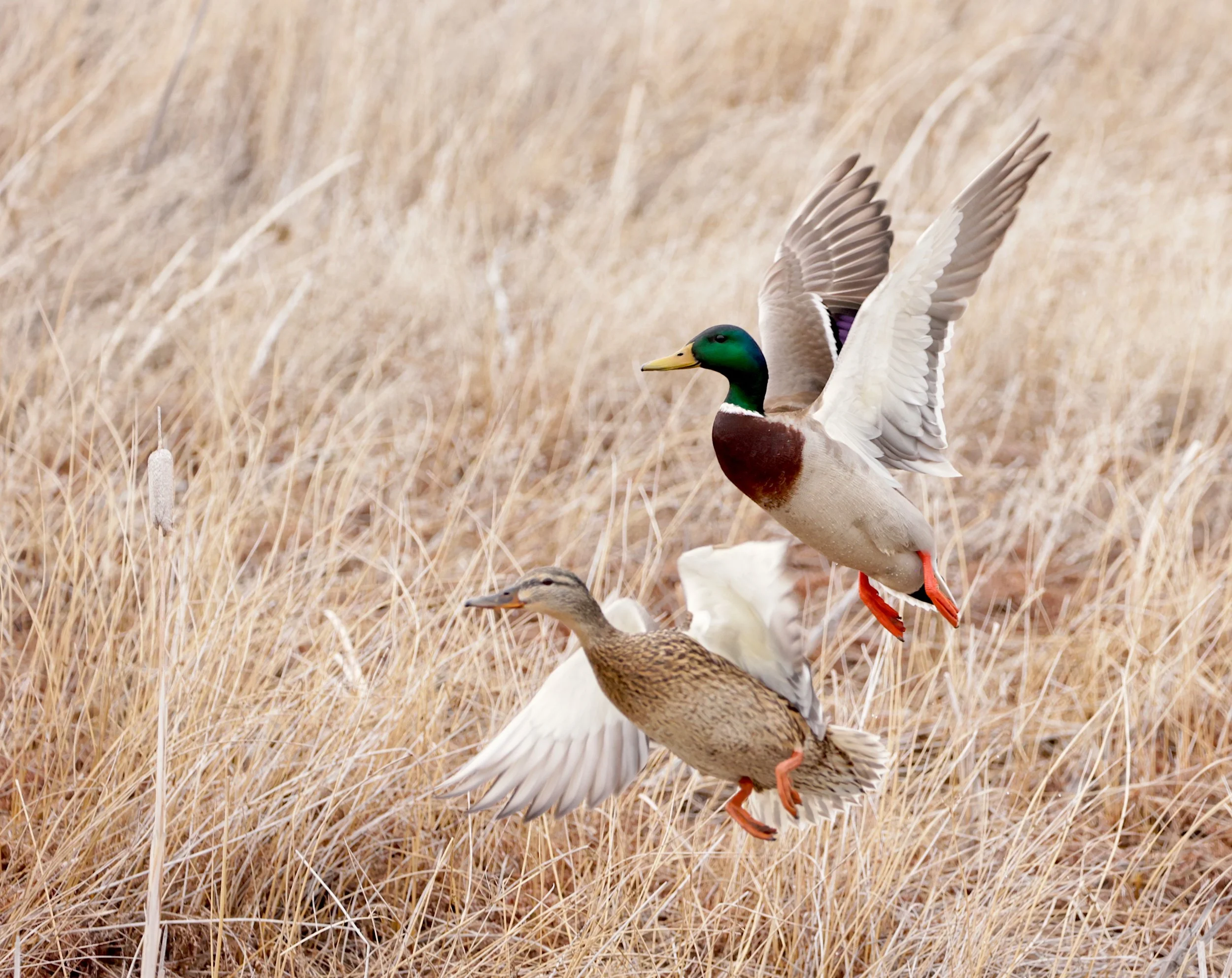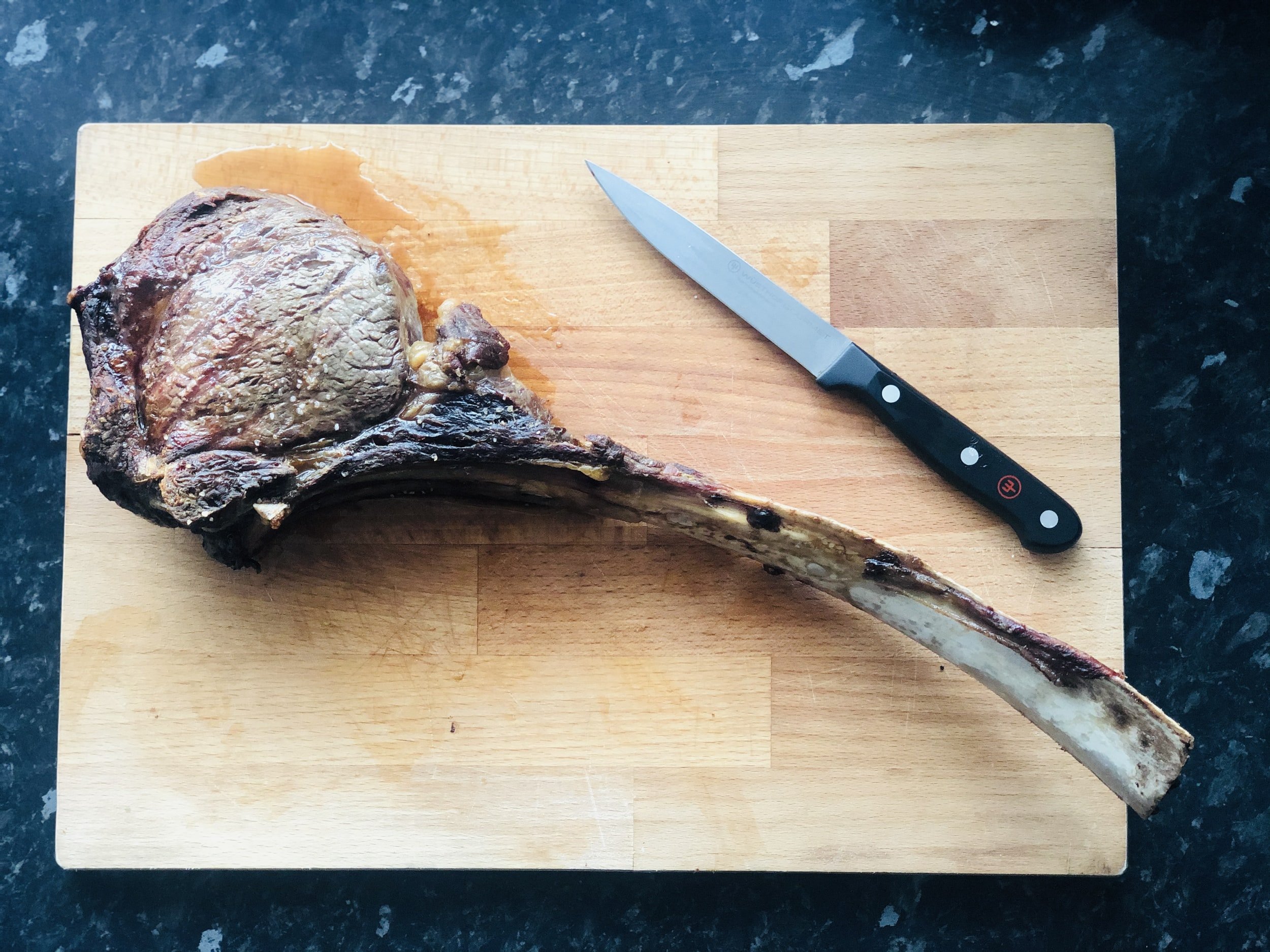Best Venison and More
Baffin Island in the Northwest Territories can be downright mean to hunters. It’s cold, windy, and wet. Campfires are a luxury on Baffin. There are no trees, and the only vegetation is lichen and moss. The shoreline is a maze of ankle-twisting rocks. But the caribou hunting more than made up for the aches and pains in my body when I hunted there years ago.
I had taken a nice caribou with a perfectly symmetrical rack and a big shovel that nearly touched the bull’s nose. I was hunting with Jim Zumbo, an old friend and Outdoor Life’s former Hunting Editor. When we finally got back to our camp at dusk, we were wet, cold, and hungry. I was ready for dinner. The cook tent, however, had a shocking surprise for us. Our cook was boiling several foil packets of frozen ravioli! I realize that we were on Baffin Island, not a very user-friendly place, but Jim and I knew we could do better than soggy ravioli.
We visited the caribou I killed earlier that day, and Jim took the tenderloins from the bull. We doused them with lots of pepper and fried them in butter until the meat was medium-rare. Sliced into medallion-size pieces, it was by far the best meal of the trip. Jim and I wondered how many hunters overlook the tenderloins and other parts of big game animals and how easy they are to prepare in camp.
It’s true that venison should be allowed to cure for at least a week before eating, but this is not true of the tenderloins, which can be eaten soon after a deer, caribou, or elk is brought into camp. Prepared properly, the tenderloins can be turned into delicious dinners in camp or at home.
The tenderloins are two small strips of meat, measuring about one to two inches in diameter and about 12 to 15 inches long. Obviously, the bigger the animal, the bigger the tenderloins. They are located on both sides of the backbone inside the upper chest cavity. The tenderloins can only be removed from inside the chest cavity. Don’t confuse the tenderloins with the backstraps, which are cut away from both sides of the backbone from outside the carcass. Backstraps, incidentally, produce your venison filet mignon. But even the backstraps cannot compare with the tenderloins, the most tender part of a deer.
As soon as you field-dress that deer, cut out the tenderloins. Do it before the air has a chance to toughen the meat’s surface. Use a small knife to separate the tenderloins from the cavity. Once the initial cut is made, you may be able to pull the tenderloins free. But do it carefully because the meat is so tender it may tear.
Cooking the tenderloins back in camp or at home is easy. Because the meat is tender and tasty, a simple recipe that will not alter the flavor is best. In deer camp, where you want to keep cooking time down to a minimum, cut the tenderloins into medallions about one-half inch thick and coat them with salt, pepper, and a touch of garlic powder. Then sauté’ the pieces in a hot skillet greased with butter until the meat is rare and pink inside.
At home, marinate the tenderloins in Italian salad dressing for an hour or so, then put them on a hot grill and only allow the heat to sear the exterior. When the inside of the tenderloins are pink, take them off the grill and slice them into medallions. The tenderloins are a perfect first fare for those who have traditionally refused to eat venison.
Venison Liver
Venison liver is usually the main course in deer camp. When you take the liver out of your deer during the field-dressing operation, wipe it clean and put it in a plastic bag. Back in camp, soak it in a pan of water with a cup of salt. Keep changing the water until the liver is thoroughly purged of blood, then pat dry.
Preparing liver is easy. All you need is about a pound of bacon, four or five onions, flour, and butter. First, fry the bacon in a skillet. In a second skillet, sauté the sliced onions in butter until soft and transparent. When both bacon and onions are done, set them aside. Now flour the liver, which you’ve already cut into slices a one-half inch thick, and fry them in the skillet with the bacon drippings. Take care not to overcook the liver. Serve the bacon and onions over the liver. A bottle of very dry Cabernet Sauvignon will further enhance the liver. Eating venison liver is a matter of taste. Some people will love it, and others will never touch it.
A word of caution: When you field dress a deer and remove the liver, it should be dark red and uniform in color. If you see white spots or flukes in the liver, these are parasites, and you should probably discard the liver. There are various opinions about the edibility of a liver with suspicious spots. Unless you are in a dire survival situation, I recommend discarding the liver.
Venison Heart
It’s unfortunate that many hunters routinely discard the heart from a deer or elk. Venison heart can be tough, but it is truly a specialty dish when handled and prepared correctly. I’ve eaten deer and elk hearts several times on hunts with Jim Zumbo.
A deer’s heart is not big and will generally feed two people. However, an elk heart is about the size of a pineapple and enough for several people. I defer to Jim, an expert on wild game cookery. The following recipe is from Jim’s book Amazing Venison Recipes. Jim titles it “Venison Heart Like You’ve Never Had It Before.”
Ingredients:
1 Venison Heart
2 Tablespoons cooking oil
1 1/2 cups of water
2/3 cup uncooked rice
1/3 cup chopped celery
1/4 cup chopped green pepper
2 ounces canned mushrooms, sliced
10 3/4 ounces condensed cream of mushroom soup
2 Tablespoons dry onion soup mix
1/4 teaspoon garlic salt
1/4 teaspoon parsley flakes
Rinse the heart and remove the outer membrane. Cut the heart open and cube tender fleshy parts of the heart, discarding gristle and venous hard parts and any fat—brown cubes in cooking oil. Add water and simmer for 45 minutes. Add uncooked rice, celery, and green peppers. Bring to a boil. Reduce heat, cover, and simmer until rice is tender (about 20 minutes). Drain mushrooms and stir into heart mixture with mushroom and onion soups, salt, and parsley flakes. Simmer 10 minutes more. Serves 6.
When you drop that buck and field dress it, make sure you don’t leave the heart and the liver in a gut pile. You may be passing up a great hunter’s dinner.
Check Out Vin T. Sparano’s Books


